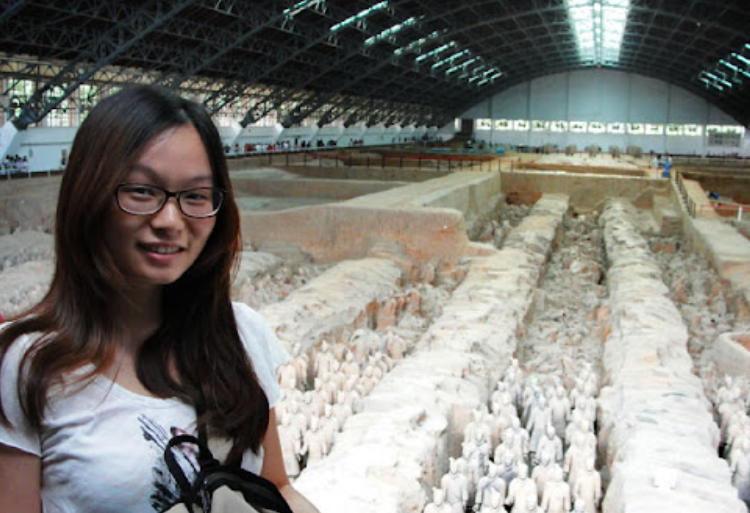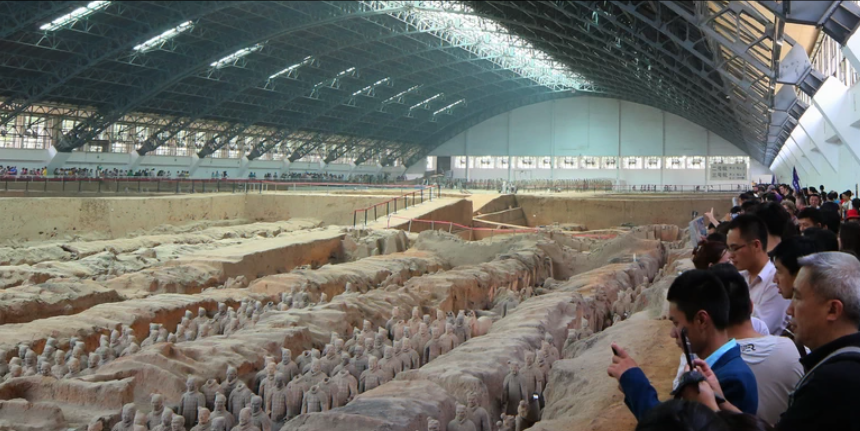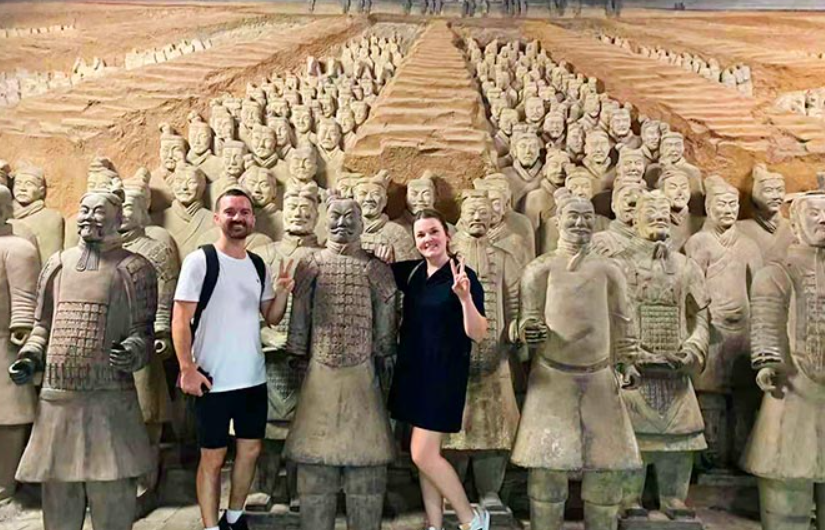How to Visit the Terracotta Army: A Practical Travel Guide
Table of Contents
-
What Is the Terracotta Army and Why Is It Famous?
-
How to Get to the Terracotta Army from Xi’an
-
What to Expect During Your Visit
-
Tips for First-Time Visitors
1. What Is the Terracotta Army and Why Is It Famous?

The Terracotta Army is one of the most significant archaeological discoveries in the world. Discovered in 1974 by local farmers, it consists of thousands of life-sized clay soldiers, horses, and chariots buried with China's first emperor, Qin Shi Huang, to guard him in the afterlife. This UNESCO World Heritage Site offers a rare glimpse into ancient Chinese military history and craftsmanship from over 2,000 years ago.
The figures are incredibly detailed—each face is unique—and arranged in battle formations, providing an awe-inspiring snapshot of the emperor’s imperial might. If you love history, art, or just incredible sights, the Terracotta Army is a must-see.
2. How to Get to the Terracotta Army from Xi’an

The Terracotta Army is located about 40 kilometers (25 miles) east of Xi’an, a major city in Shaanxi Province. Getting there is relatively simple:
By Bus:
Take bus 306 (also known as the Tourist Line 5) from Xi’an Railway Station. The journey takes around 1 hour and drops you directly at the site entrance.
By Taxi or Didi:
A private ride from downtown Xi’an takes about 45 minutes and costs between 100–150 RMB (around $15–$20 USD). It’s faster but more expensive than public transport.
By Tour Group:
Several guided tours are available and can be booked online or through hotels in Xi’an. These usually include transport, entrance tickets, and a guide.
3. What to Expect During Your Visit

The Terracotta Army site is divided into several key areas:
Pit 1 – The largest and most famous, home to over 6,000 soldiers in battle formation. This is the iconic view you’ve likely seen in photos.
Pit 2 – Smaller, but features archers, cavalry, and chariots. It gives a broader understanding of the army’s structure.
Pit 3 – Thought to be the command center. It has fewer figures but shows high-ranking officers and a sense of military hierarchy.
The Museum – Offers more context with weapons, tools, and detailed exhibits about how the soldiers were made.
Plan to spend 2–3 hours on-site. Wear comfortable shoes, as there’s a lot of walking. Photography is allowed, but flash is prohibited inside the pits.
4. Tips for First-Time Visitors

-
Best Time to Visit: Try to arrive early in the morning or after 2 p.m. to avoid crowds, especially during weekends or Chinese holidays.
-
Tickets: Entrance costs around 120 RMB ($17 USD). Buy them online in advance if possible to skip the line.
-
Weather: The pits are indoors, but the site is spread out. Bring a jacket in cooler months and stay hydrated in the summer.
-
Language: Most signs are bilingual (Chinese and English), but hiring a guide or using an audio guide can add depth to your experience.
-
Food & Souvenirs: There are restaurants and shops outside the main site, but prices can be high. Consider bringing snacks or eating in Xi’an afterward.
Final Thoughts
A visit to the Terracotta Army is not just about seeing ancient statues—it’s about stepping into a piece of world history. Whether you're a casual tourist or a serious history buff, the experience is both humbling and unforgettable. Plan your visit smartly, and you'll walk away with a deeper appreciation of China’s past and its enduring legacy.

